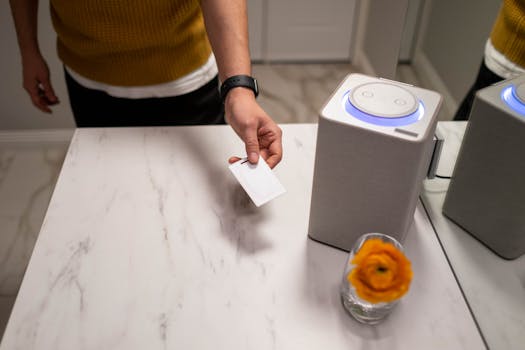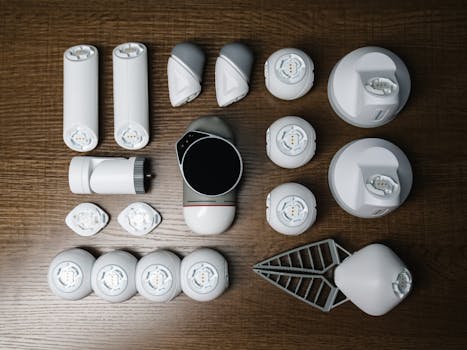
Smart Homes 2025: The Rise of AI-Driven Devices
Introduction to Smart Homes

Smart Homes 2025: The Rise of AI-Driven Devices is revolutionizing the way we live and interact with our living spaces. With the advent of artificial intelligence (AI) and the Internet of Things (IoT), smart homes are becoming increasingly sophisticated, making our lives easier, more convenient, and more enjoyable. In this article, we will explore the world of smart homes, the benefits of AI-driven devices, and what the future holds for this rapidly evolving industry.
The Benefits of AI-Driven Devices in Smart Homes

AI-driven devices in smart homes offer a wide range of benefits, including increased convenience, improved safety and security, enhanced energy efficiency, and personalized experiences. With AI-powered devices, homeowners can control and monitor their living spaces remotely, receive notifications and alerts, and enjoy a more streamlined and automated living experience. For example, smart thermostats can learn a homeowner’s temperature preferences and adjust the temperature accordingly, while smart lighting systems can adjust the lighting levels and color based on the time of day and the homeowner’s activities.
Popular AI-Driven Devices in Smart Homes

Some popular AI-driven devices in smart homes include voice assistants, such as Amazon Alexa and Google Home, smart speakers, smart displays, smart thermostats, smart lighting systems, smart security cameras, smart door locks, and smart home hubs. These devices can be controlled and monitored remotely through smartphones, tablets, or voice commands, making it easy to manage and maintain a smart home. Additionally, many of these devices are compatible with each other, allowing homeowners to create a seamless and integrated smart home experience.
The Future of Smart Homes

The future of smart homes is exciting and promising, with advancements in AI, IoT, and other technologies. As smart homes become more widespread and sophisticated, we can expect to see even more innovative and integrated devices and systems. For example, smart homes may incorporate augmented reality (AR) and virtual reality (VR) technologies, allowing homeowners to interact with their living spaces in new and immersive ways. Additionally, smart homes may become even more energy-efficient and sustainable, with the use of renewable energy sources, energy-harvesting devices, and advanced energy management systems.
Conclusion

In conclusion, Smart Homes 2025: The Rise of AI-Driven Devices is a revolutionary concept that is transforming the way we live and interact with our living spaces. With the benefits of AI-driven devices, including increased convenience, improved safety and security, and enhanced energy efficiency, smart homes are becoming increasingly popular and sophisticated. As the industry continues to evolve and advance, we can expect to see even more innovative and integrated devices and systems, making our lives easier, more convenient, and more enjoyable.


